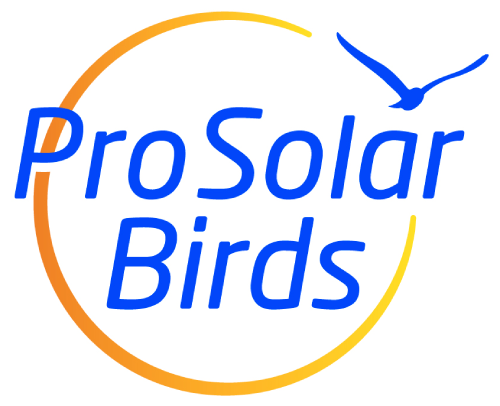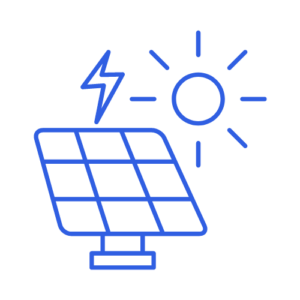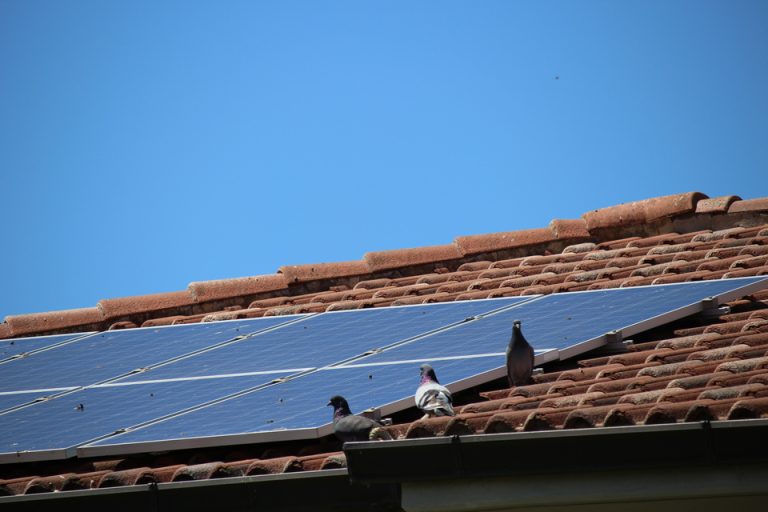
Nuestros dispositivos funcionan, simplemente, con una leve brisa de viento

No precisa mantenimiento alguno
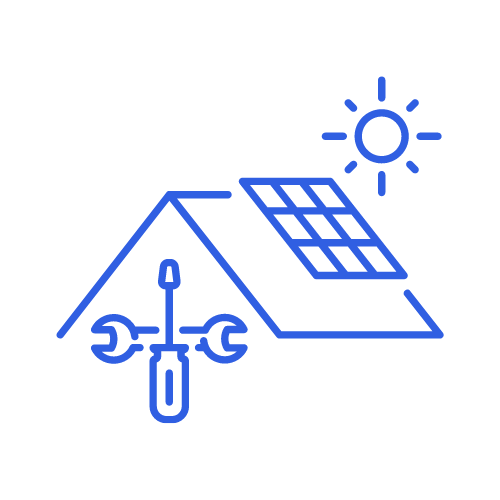
El anclaje no daña el panel solar, pues su agarre se realiza en su perfil de aluminio
¿Por qué es tan importante proteger los paneles solares?
Estas son las principales razones para proteger los paneles solares de los daños causados por las aves:
Sostenibilidad Medioambiental
El uso de la energía solar es crucial para reducir la dependencia de fuentes de energía no renovables, disminuyendo así la huella de carbono y contribuyendo a la lucha contra el cambio climático.
Eficiencia energética
El cuidado adecuado de los paneles solares asegura su eficiencia en el tiempo, maximizando la generación de energía limpia y renovable.
Impacto Económico y Financiero
La protección adecuada de las instalaciones solares ayuda a evitar costosas reparaciones y reemplazos, lo que genera ahorros a largo plazo para los propietarios de sistemas solares.
Sostenibilidad a largo plazo
Mantener los paneles solares en óptimas condiciones garantiza su vida útil prolongada, lo que permite una producción sostenida de energía limpia a lo largo de los años.
Conservacion de vida salvaje
La implementación de medidas de protección para los paneles solares, como diseños respetuosos con las aves, ayuda a preservar la fauna local al prevenir daños a las aves y otros animales salvajes.
Ventajas de Pro Solar Birds
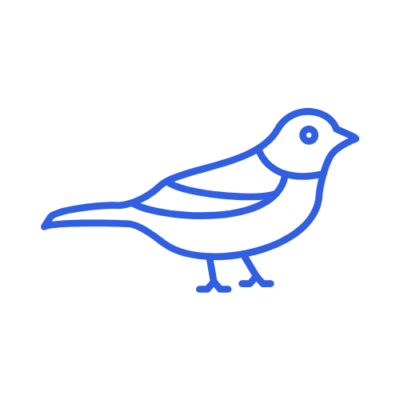
Protección inofensiva contra pájaros para paneles solares
Pro Solar Birds ofrece una solución de protección contra pájaros que es completamente inofensiva para las especies de aves. Su diseño innovador garantiza la seguridad de las aves, previniendo daños y protegiendo eficazmente los paneles solares de posibles daños.

Profesionalismo
Pro Solar Birds destaca por su profesionalidad a la hora de aportar soluciones de alta calidad. Su compromiso con la excelencia se refleja en el diseño, instalación y mantenimiento de sistemas de paneles solares respetuosos con las aves.

Ecología
El enfoque ecológico de Pro Solar Birds es evidente en su compromiso con prácticas respetuosas con el medio ambiente. Al priorizar soluciones que no dañan la vida silvestre, contribuyen a un panorama de producción de energía más sostenible y ecológicamente consciente.

Atención al Cliente
Pro Solar Birds se dedica a brindar un excelente servicio al cliente. Su atención al cliente receptiva y atenta garantiza que los clientes reciban la asistencia que necesitan, fomentando una experiencia positiva durante todo el proceso de instalación y mantenimiento.

Rentabilidad
Pro Solar Birds ofrece una solución rentable sin comprometer la calidad. Sus productos logran un equilibrio entre asequibilidad y rendimiento, ofreciendo a los clientes una solución de protección antipájaros competitiva y eficiente para paneles solares.
